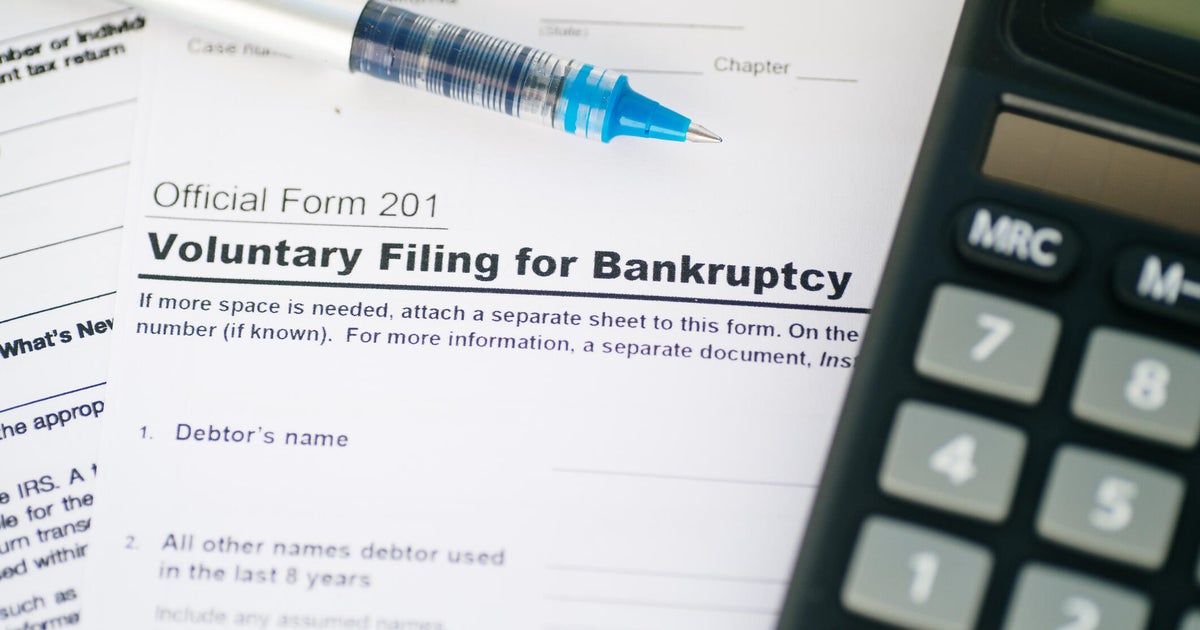

No response returned

Between today's , the lingering high-rate landscape and the other economic hurdles that are looming, managing everyday expenses — let alone debts — has become a major challenge for millions of Americans. As a result, nationwide, surging to their highest level since 2020 during the first quarter of 2025. This spike is part of a larger trend of economic strife that's being fueled by mounting financial pressure across households of all income levels.
Notably, the increase in bankruptcy inquiries coincided with a third straight quarter of elevated consumer stress, signaling that the financial strain Americans have faced recently isn't letting up. And, have also been climbing, further showcasing how borrowers are buckling under the weight of their high-rate debt. The percentage of credit card users who are has also been rising.
This uptick in consumer stress, coupled with the surge in bankruptcy interest, brings up an important question: When should you actually ? While the decision to file for bankruptcy should never be taken lightly, in certain situations, it might be the best (and most responsible) step toward financial recovery.
.
Filing for bankruptcy is a serious decision, but it can provide crucial relief if your financial situation has become unmanageable. You might want to consider bankruptcy if:
It's important to remember that there are different types of bankruptcy. , which is the most common type for individuals, can wipe out many unsecured debts quickly but may involve the liquidation of non-exempt assets. Chapter 13, on the other hand, sets up a three- to five-year repayment plan and can be useful for those who want to protect certain assets like a home or car. Choosing the right type depends on your goals and financial situation.
.
Despite the potential relief bankruptcy offers, there are situations in which it makes more sense to . Here's when you may want to do that:
The spike in bankruptcy inquiries this year is a clear sign that many Americans are grappling with unsustainable financial pressures. And, while bankruptcy isn't the right choice for everyone, it can provide a fresh start for those whose debts have become unmanageable. So, if you're drowning in bills, facing legal actions from creditors or feeling crushed under the stress of unpayable debts, it might be time to seriously consider filing.
That said, bankruptcy is just one tool available to you. Before you move forward, explore your other debt relief options, weigh the pros and cons and consider getting professional advice tailored to your situation. With the right plan in place, a more stable financial future is possible, whether or not it ultimately involves bankruptcy.





